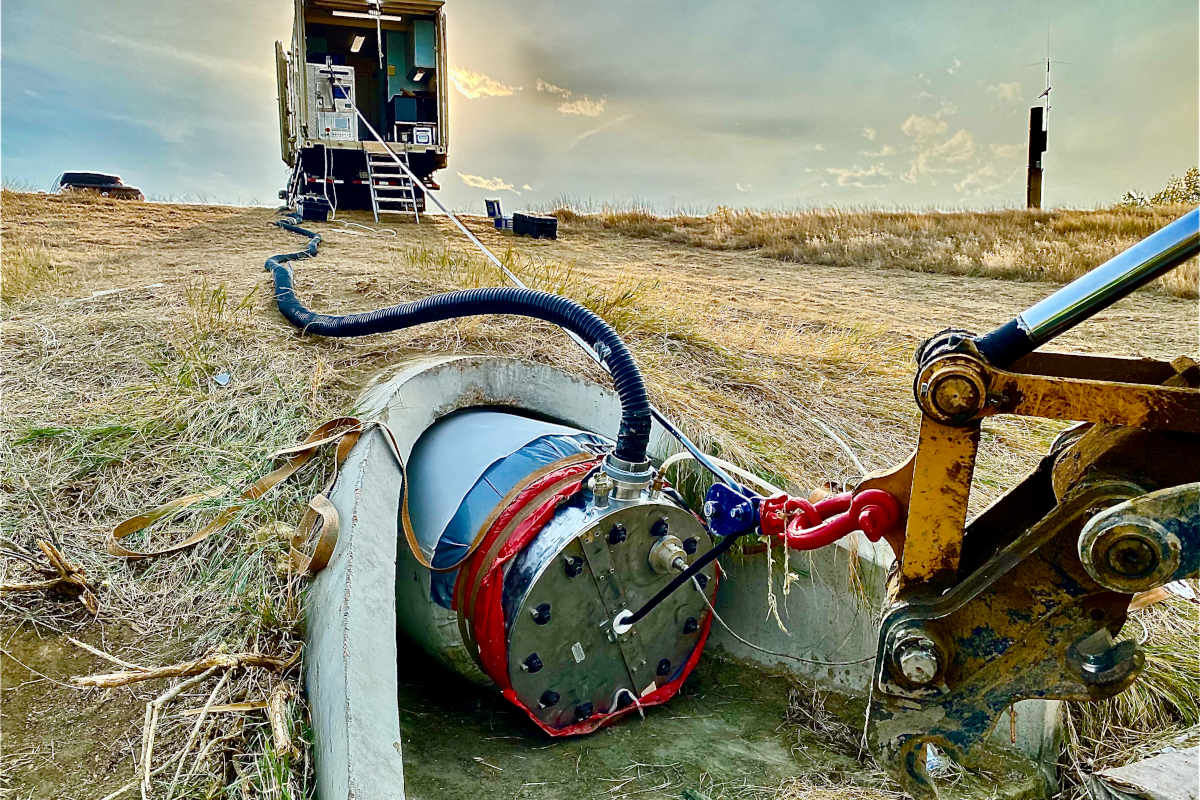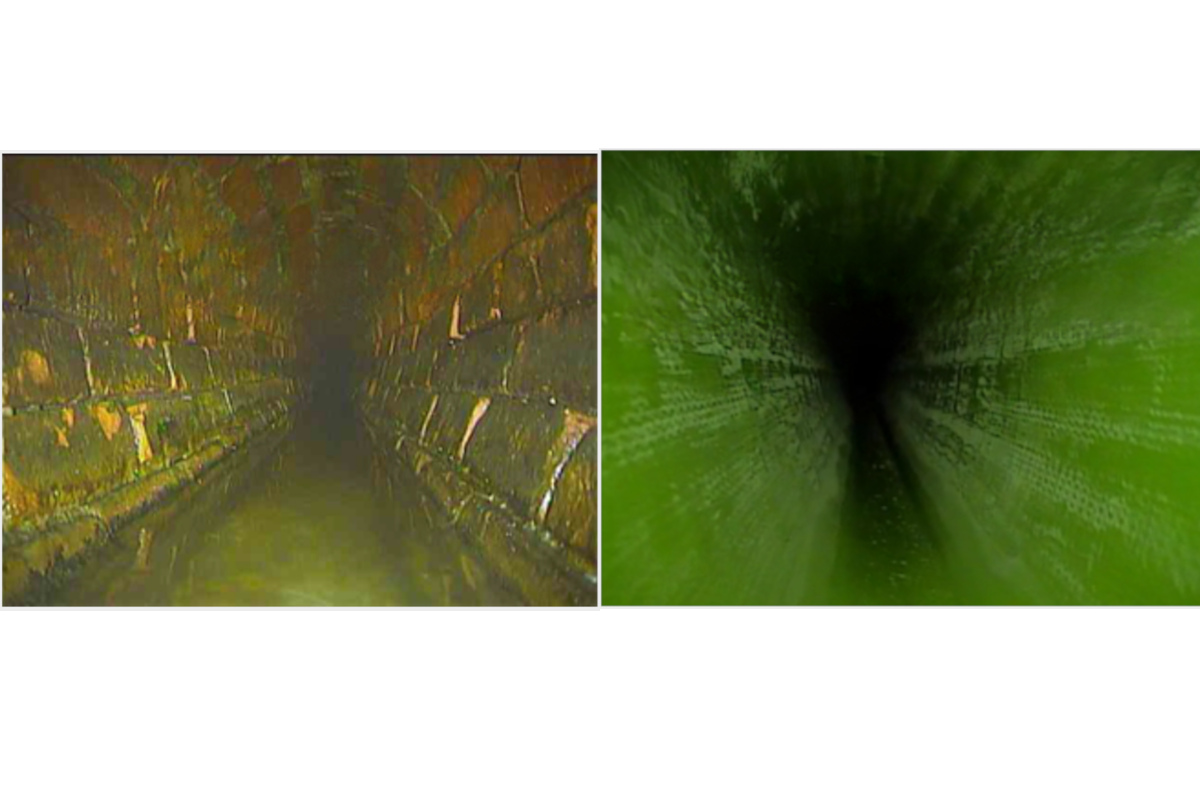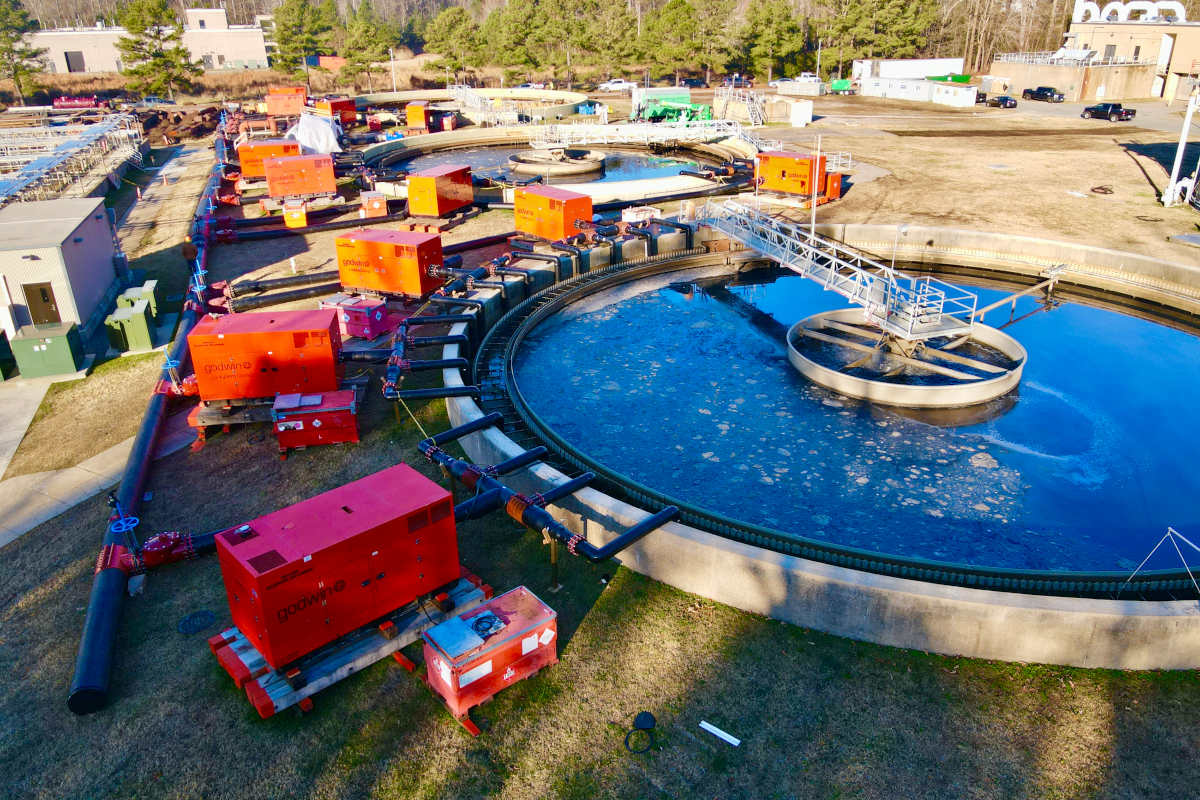
Mainline Sewer Inspection Camera Check-in
Cleaning a sewer is merely one step in the process of maintaining the system. Just as important is the inspection component. When working on the residential side of the business, cameras from RIDGID, Milwaukee Tool, Forbest, MyTana and others are important. When getting into the larger municipal pipes, a mainline inspection camera is key. To gauge where the industry stands, we reached out to several major manufacturers for their input.
Taking part in the discussion are
Al Milley, Regional Sales Manager, CUES Inc.
Cody Warner, Sales Manager, Deep Trekker Inc.
Jake Wells, Director of Marketing, Envirosight
Matt Sutton, Vice President Sales & Marketing, RapidView
In the last decade how has mainline inspection equipment changed?
MILLEY: The most significant innovations in the last decade have been surrounding the camera technology more than the mechanical crawlers themselves. Tractors have gotten smaller, in some cases, and we see compact steerable units much more today with more accessories; however, the overall designs and principals remain largely constant. As previously stated, camera technology has evolved most significantly with the emerging transition from analog to digital systems. CUES continues to offer analog pan-and-tilt mainline cameras but has also introduced digital side-scanning (DUC camera) technology in the market allowing for a speedy and comprehensive evaluation of assets. Evolving camera technology available in the overall marketplace combined with the rapid development in software as an answer to customers’ needs to gather large quantities of data quickly.
WARNER: From our standpoint, the biggest change we have seen is that, whether it be a city, contractor or engineering firm, each of these organizations has a similar problem; they are trying to squeeze as much as they can out of their existing equipment. Having a separate vehicle to do the camera work does not make sense in a lot of circumstances, so having a battery-operated crawler makes it truly portable. Battery power is the key to making a truly portable system and provides the versatility to do remote work, it’s easier to ship, etc.
WELLS: Dwindling budgets and growing inspection workloads have put pressure on sewer inspection crawlers to “earn their keep.” In response, crawlers have evolved to deliver more versatility and lower cost-of-ownership. Gone are the days of single-purpose equipment. Today, a crew needs to be able to inspect pipe ranging from 6 in. on up to 72 in. and larger using a single truck. This has spawned systems that are increasingly modular — ones with interchangeable wheels and accessories like camera lifts, auxiliary lamps and crawler carriages. With this modular design, a crawler can be quickly reconfigured to answer nearly any challenge. Modular design also means a system can be easily extended to perform specialized tasks like laser profiling, side scanning and lateral launch.
Increased agility also makes crawlers more versatile, with steerable all-wheel drive allowing them to navigate around obstacles, over offsets and through sludge to complete a greater percentage of inspections. Municipalities these days are also smarter about understanding lifetime cost of ownership. They understand the purchase cost of equipment is only part of the impact on budget. Annual maintenance costs, operating costs, downtime and projected service life all impact the bottom line. Increasingly, cities are looking beyond the sticker price to understand how much it will cost to maintain and operate their equipment—what are the average annual repair costs, how big a truck and generator are required to deploy this equipment, how many crew members are required to operate it, how durable are the design and materials, when will I have to replace it again?
SUTTON: The largest change has come on two fronts. One, is the move towards higher definition cameras (HD), and the second would be with the innovation of sensors that allow 360-degree images, internal geometric measurements, and geospatial data collection. The core mission remains the same. Our technologies allow system owners to understand where the biggest problems are in their underground infrastructure so that they can repair or replace those specific assets. Higher quality images, internal geometric data, and geospatial data help system owners make better decisions, with their limited resources.
RELATED: RapidView Begins Headquarters Expansion

In your opinion, how have these changes benefited the industry?
MILLEY: These changes have allowed decision-makers to gather more detailed inspection data on pipe conditions more quickly. In doing so, utility owners can rapidly and more accurately assess their system and prioritize maintenance projects. The DUC system has introduced a level of economics to the inspection world not previously present: increased footage production, decreased cost per foot of inspection, reduced time in coding, reduced time in evaluation of data, etc. are all benefits of a digital side-scanning/DUC system.
SUTTON: Our systems have been designed to reduce cost of ownership, increase production and increase worker safety. In essence, we are helping our customers achieve greater results, with less expense, time or effort.
What is the greatest advancement in the last decade?
MILLEY: Refinement of lateral-launchers and their launch cameras in addition to digital scanners. In arguably, some of the highest demand products in the market today.
WARNER: The greatest advancements in the last decade have brought us to what is coming soon, and that is artificial intelligence (AI) and machine learning. It’s all the steps it has taken to get the industry here including advancements in high definition or high-resolution cameras and sensors, and advancements in reporting software.
WELLS: Without question, the move to all-digital inspection workflows has been the greatest advancement in our industry. Even though some inspection video was being digitized a decade ago, the process was extremely clumsy: a standalone computer would digitize analog video from a crawler. That digitized video would then be transferred to a CD-ROM or thumb drive, which in turn was handed off or mailed to an engineer or supervisor. If you were lucky, the data would make its way onto an in-house server a few managers could access. If you were unlucky, the CD-ROM or thumb drive would get forgotten on a shelf or in a drawer.
SUTTON: While we had seen high definition become the standard in our living rooms, it was slow to gain adoption in the inspection industry. We were the first to introduce serial-manufactured HD pipeline cameras to the industry over five years ago. Since then, adoption has increased each year, to the point where over half of our systems sold each year now utilize high-definition cameras.
RELATED: Lateral Cutters Serve a Critical Role in the Rehabilitation Process
How have these advancements meshed with improved software capabilities?
MILLEY: Very well. Furthermore, CUES’ having an entire software development staff in-house has allowed us to develop both hardware and software hand-in-hand so as to foster complimentary features between the two technologies — most notably the CUES DUC system.
WELLS: Today’s advanced crawler systems allow operators to record digital video, enter observation records, measure defects and generate inspection reports — all from a single control interface. Moreover, they’re able to wirelessly transfer inspection data to cloud services like WinCan Web, which allows entire sewer teams — field inspection personnel, municipal supervisors, engineers and contractors — to securely access the data online. Online access means teams can better collaborate on how work gets assigned and performed — and once inspections are complete, the entire team can access the results securely and immediately and apply sophisticated reporting and analytical tools. The result is better collaboration, deeper insight and smarter maintenance decisions.
How have municipalities/utility owners changed the way they incorporate inspection into their programs?
WARNER: The biggest thing about all the technological advancements is that it has made this more accessible. I think it is under-reported that there are many small- to medium-sized municipalities still using a reactive asset management approach. Having a more portable technology like Deep Trekker’s makes it easier and more efficient to do inspections. That means that these small- to medium-sized municipalities are able to start inspection programs and be a little more proactive on how they manage their networks.
SUTTON: The basic program of maintenance, inspection, and rehabilitation has changed little, but the increased quantity and quality of data allows them to be more efficient with limited resources.
RELATED: PROducts Showcase -Drainline TV Inspection Equipment
What mainline inspection advancements do you see coming to North America?
WELLS: Artificial intelligence (AI), which can be trained to identify sewer features and defects from inspection video, will play an increasing role in sewer condition assessment. It won’t replace equipment operators, but it will help them work more accurately and efficiently. AI can also be used to process large amounts of archival data to determine trends and patterns, which will help improve operations and maintenance decision-making. AI works best with high-resolution imagery, so HD video will soon become the standard for video inspection crawlers. HD video takes significant bandwidth to transfer and store in the cloud, so the emergence of 5G will play a crucial role in making sure video from the field is processed, archived and shared in near real-time. All around us, machines are becoming more intelligent, thanks to cheaper processing power, smaller sensors and more sophisticated algorithms. Inspection equipment is no exception — it will become more autonomous, eliminating the drudgery from field inspection work and allowing operators to focus on what delivers value and insight.
3D data will increasingly become part of inspection workflows. Whether it’s acquired directly using LIDAR, sonar or laser triangulation; read from geospatial sensors; or calculated from video using photogrammetry, 3D data offers additional insight about sewers. More than that, system-wide 3D geometry will ultimately allow a city to build a “digital twin” — a virtual model of an entire collection system that helps engineers to optimize operation, understand risk, predict failures, and perform what-if analyses.
As traditional inspection data and 3D data merge, that also means individual asset features and parameters can be georeferenced — or placed in real-world 3D space. This has exciting implications for the rollout of augmented reality, or AR. Using AR, a field technician with a smartphone or inspection camera will be able to view the real-world environment—either in-pipe or above ground — and see it overlaid with virtual representations of hidden infrastructure, as well as data representing its composition, condition and history.
SUTTON: Complete internal geometric and visual modelling of pipelines will soon be commercially available. High resolution imagery will help to facilitate the first practical applications of artificial AI systems to aid in the coding of assets. These innovations will dramatically increase the accuracy and speed of inspection efforts in the future.




